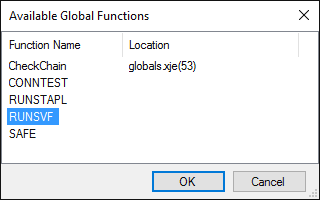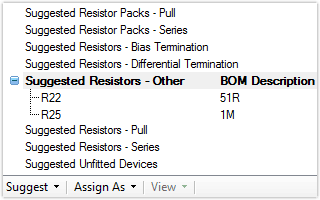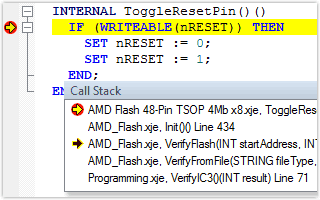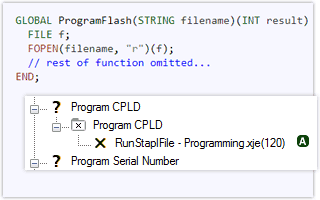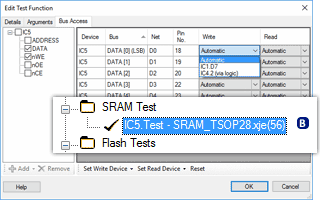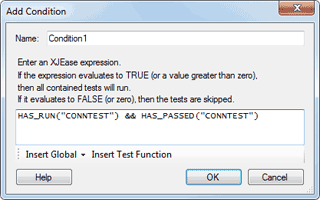New options for BOM importing
From XJDeveloper 3.6 a new BOM data type is available in the BOM Import dialog, the “Unfitted” device field. Any devices with an entry in a column assigned to this are suggested under the “Suggested Unfitted Devices” category on the Categorise Devices screen. […]

